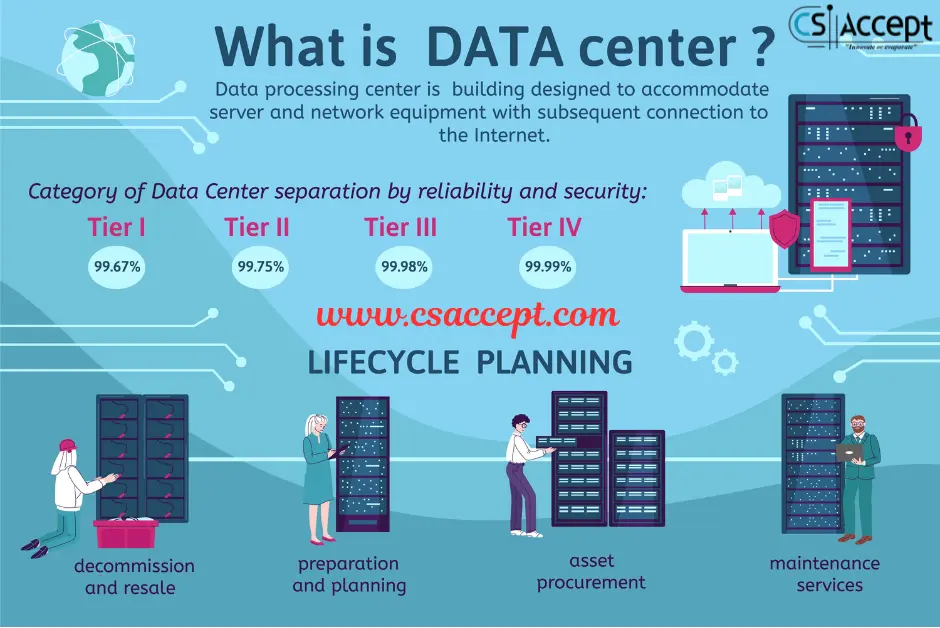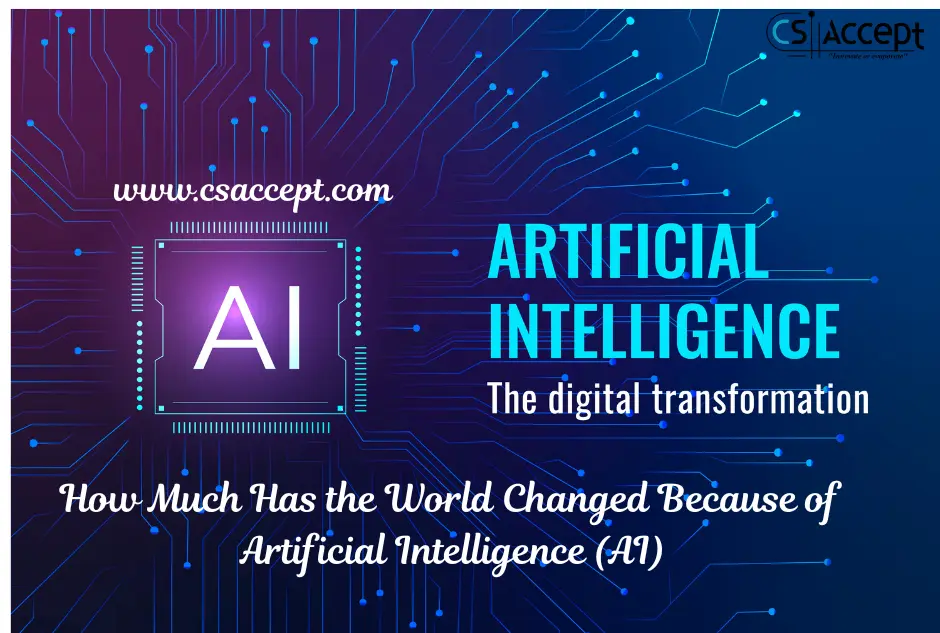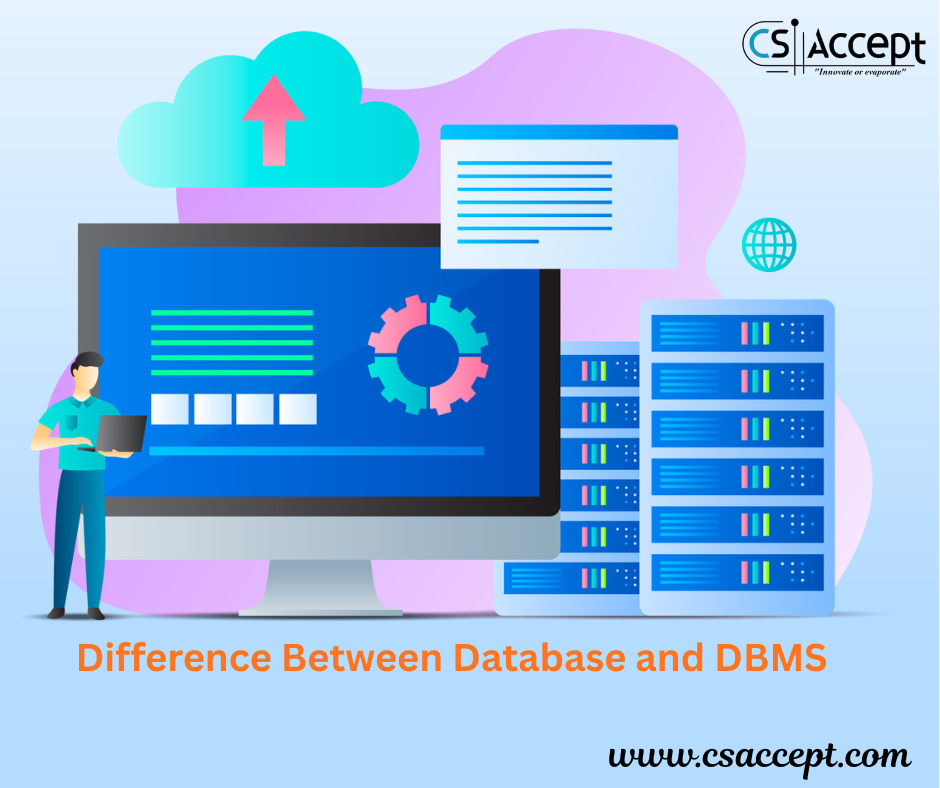
Computer Generations:
Computer have developed in five distinct phases known as generation of computer. Each generation is categorised by the type of electronic technology employed.
| Generation | Year | Description |
| 1st Generation | 1949 – 1955 | Thermionic Value (Vacuum Tube) |
| 2nd Generation | 1956 – 1965 | Transistor |
| 3rd Generation | 1966 – 1975 | Integrated Circuit (IC) |
| 4th Generation | 1975 owners | Large & Very Large-Scale Integrated Circuit or Micro Chip (LSI & VLSI) |
| 5th Generation | Under Development | Very-Very Large Scale Integrated (VVLSI) genetic neural and a formic chip. |
First Generation Computers: (1949 – 1955)
Characteristics
(i) Vacuum Tubes / Thermionic Value Technology for internal operations.
(ii) Magnetic Drums for secondary memory.
(iii) Limited primary memory.
(iv) Verry large space required.
(v) Heat and maintenance problems.
(vi) Punch card Input and Output.
(vii) Slow Input, Processing and output.
(viii) Low level symbolic language for programming.
* Some of the first-generation computers were
(a) ENIAC :- Electronic Numerical Integrator and Computer.
(b) EDVAC :- Electronic Discrete Variable Automatic Computer
(c) EDSAC :- Electronic Delay storage Automatic computer.
Second Generation Computers: – (1956 – 1965)
Characteristics
(i) Transistor Technology for internal operation.
(ii) Magnetic Core Technology for primary memory.
(iii) Increased primary memory capacity.
(iv) Magnetic Tapes and Disk for Secondary Storage.
(v) Reduction in size and heat generation.
(vi) Increase in processing speed and reliability.
(vii) Increased use of High-Level Language.
*Some of the second-generation computers were
| Model | Size | Application |
| 1 BM 1620 | Small | Scientific |
| 1 BM 1401 | Small to Medium | Business |
| 1 CL 1901 | Medium | Business |
| 1 EM 7094 | Large | Scientific & Business |
Third Generation Computers:- (1966-1975)
Characteristics
(i) Integrated circuits (IC Technology) on Silicon Chips for Internal Operations.
(ii) Increased primary memory capacity.
(iii) Need for complex control Software.
(iv) Reduction in size and cost.
(v) Increase in speed and reliability.
(vi) Used Printed Circuit Board (P.C.B’s)
*Some of the computers which belonged to this generations were –
IBM 360 Series
ICL 2900 Series
Honeywell 361
Fourth Generations Computers :-
Characteristics
(ⅰ) Large Scale and Very Large-Scale Integration (LSI/VLSI Technology) for chip’s internal operations.
(ii) Development of the microprocessor.
(iii) Introduction of Micro-computer and Super computer.
(iv) Greater versatility in software.
(v) Increase in speed, Power and storage capacity.
(vi) Parallel processing capability.
(vii) Limited Artificial Intelligence capability.
(viii) Robotics
(ix) Most of the present-day computers belong to this generation.
Fifth Generations Computers :-
Characteristics
(i) These computers are still under development.
(ii) Technology used would be Very-Very Large.
(iii) Scale Integration based micro processing parallel processing architecture.
(iv) Would be using highly sophisticated operating system.
(v) Would work at a very high speed 1000 times faster than today’s super computers
(vi) Would provide natural language Interface.
(vii) Would exhibit artificial Intelligence and Inference processing capabilities.
*Some of the newer technologies is besides VLSI likely to be utilized in development of fifth generation computer are as follows: –
(a) Molecular computer using a molecule as basic switch (ON-OFF) device.
(b) Genetic computer using neurons as switching as well as communicate on agent.







